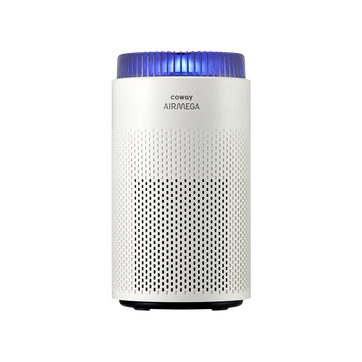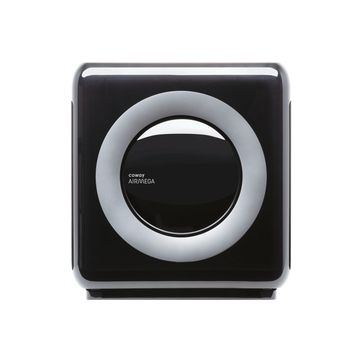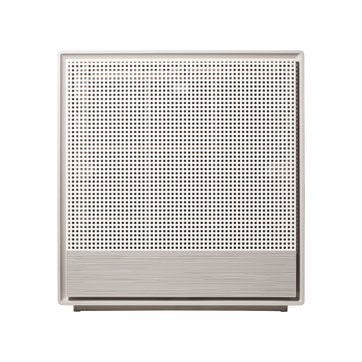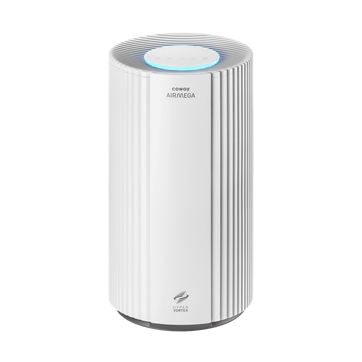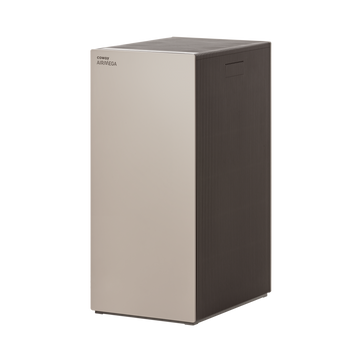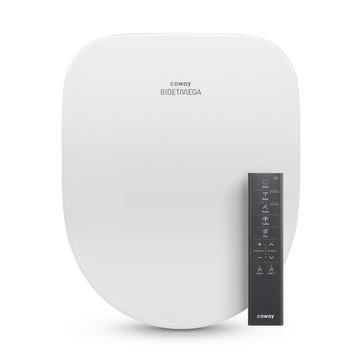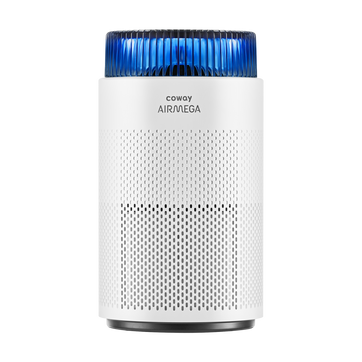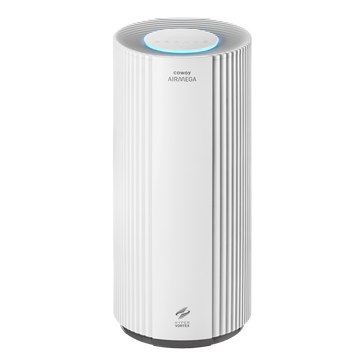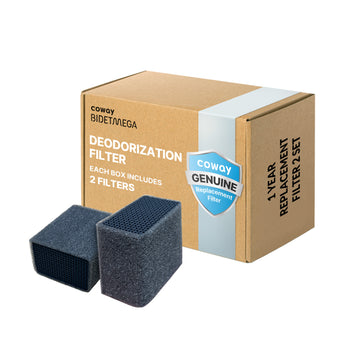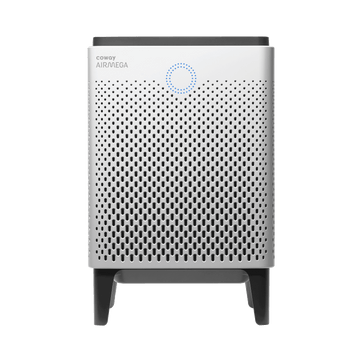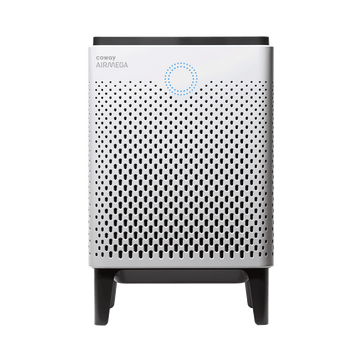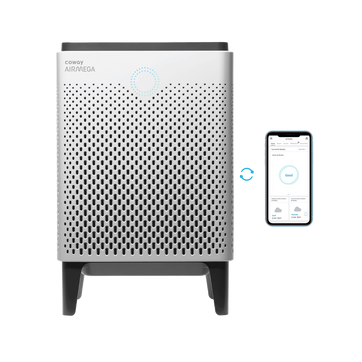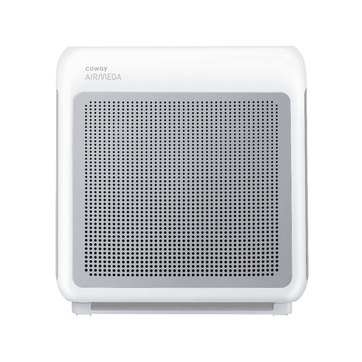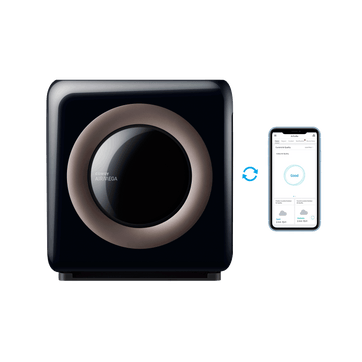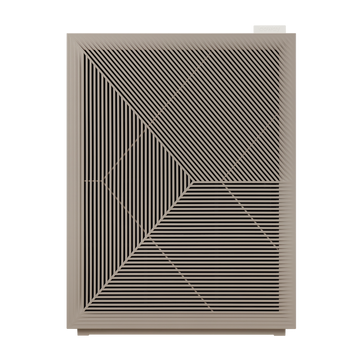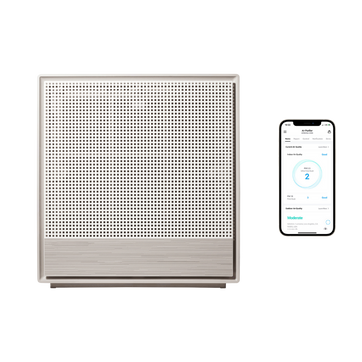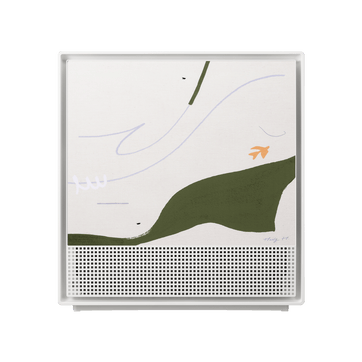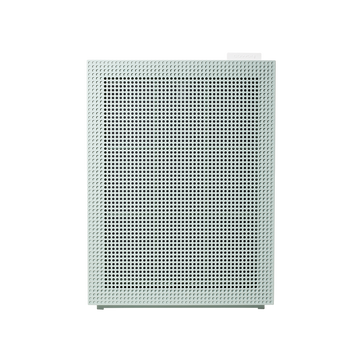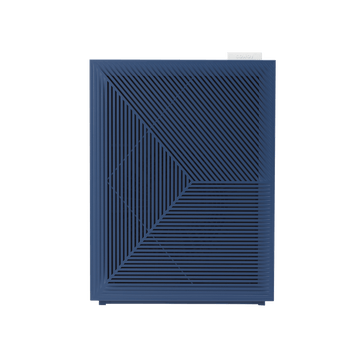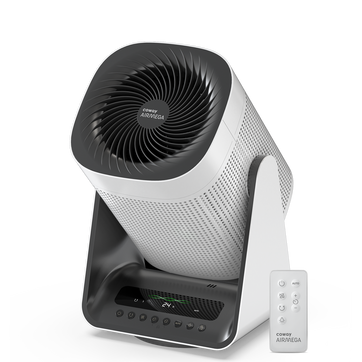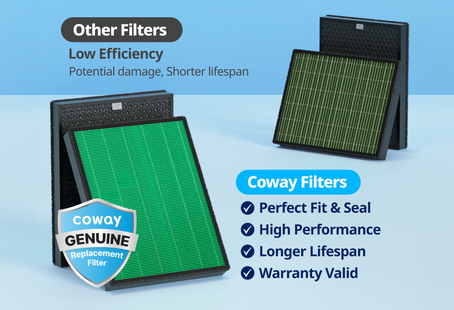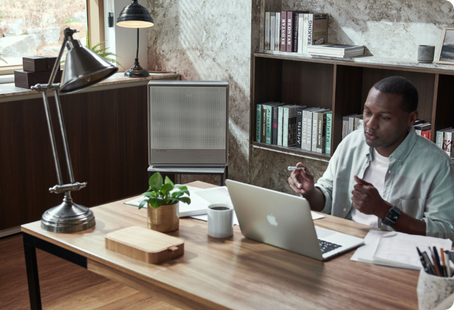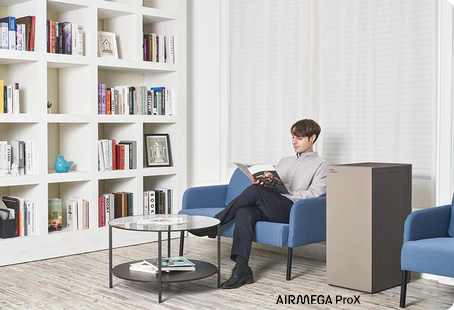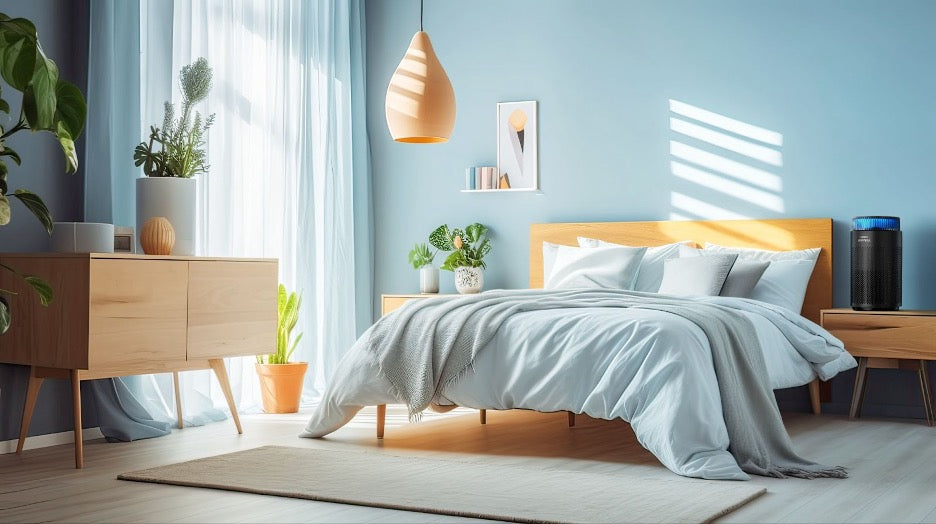
Do Air Purifiers Help With Allergies? Your Guide to Spring Relief
Spring brings blooming flowers, warmer temperatures, and for millions of Americans, the unwelcome return of seasonal allergies. As pollen counts rise and windows open, many allergy sufferers find themselves trapped in a cycle of sneezing, congestion, and itchy eyes. If you're among the 60 million Americans who struggle with seasonal allergies, you may be wondering if air purifiers can actually provide meaningful relief.
What Causes Spring Allergies and Why Are They So Difficult to Escape?
Spring allergies occur when your immune system overreacts to otherwise harmless substances in the air. When these allergens enter your body, your immune system releases antibodies that trigger histamine production, leading to those all-too-familiar symptoms: runny nose, itchy eyes, congestion, and inflammation.
The most common spring allergy triggers include:
-
Tree pollen: Released in early spring from oak, cedar, hickory, and mulberry trees
-
Grass pollen: Becomes prevalent in late spring and early summer
-
Mold spores: Thrive in spring's increased moisture and temperatures
-
Dust mites: Often disturbed during spring cleaning activities
What makes these allergens particularly challenging is their microscopic size and ability to travel for miles on the wind, making them nearly impossible to avoid completely when outdoors. Even keeping windows closed doesn't fully prevent these tiny irritants from finding their way into your home.
How Exactly Do Air Purifiers Work Against Allergens?
Air purifiers work by drawing in air through a series of specialized filters that capture and remove airborne particles before recirculating the cleaned air back into your room. For allergy sufferers, this process can dramatically reduce exposure to triggers.
A high-quality air purifier like the Coway Airmega uses advanced filtration technology to trap particles as small as 0.01 microns—significantly smaller than most allergens, which typically range from 2.5 to 100 microns. This means even the finest pollen particles can be removed from your indoor air.
The most effective air purifiers for allergies utilize a multi-stage filtration approach:
- Pre-filter: Captures larger particles like dust and pet hair, extending the life of other filters
- Activated carbon filter: Absorbs odors, gases, and VOCs that can exacerbate respiratory issues
- Green True HEPA™ filter: Coway's advanced filtration technology removes harmful particles that include common allergens
This comprehensive filtration system ensures that even the smallest allergens are removed from your indoor air, creating a sanctuary from outdoor allergies.
What Makes Coway's Latest Air Purifiers So Effective For Allergy Sufferers?
Coway's newest air purification solutions represent a significant advancement in allergy relief technology. The Airmega 350 and 450 feature:
- HyperVortex™ technology: Creates a powerful vortex effect through bottom air intake for comprehensive room coverage, ensuring no corner of your space harbors allergens
- Advanced multi-sensor system: Detects particles as small as PM1 with industry-leading sensitivity, allowing the unit to respond to even the slightest changes in air quality
- Customizable 3-in-1 filters: Choose from Fresh Starter+, Intense Smoke+, or the new Allergen+ filter specifically designed to target pollen, pet dander, and other allergy triggers
- Impressive coverage: The Airmega 350 purifies spaces up to 2,640 square feet per hour, while the 450 handles an impressive 3,285 square feet—equivalent to a small gymnasium
- Smart automation: Automatically adjusts fan speed based on detected air quality, working harder when allergens are present and conserving energy when air is clean
Similarly, the award-winning Airmega Mighty continues to be a powerful ally against allergies, with:
- Green True HEPA filtration: Captures 99.97%2 of particles down to 0.3 microns
- Compact design: Perfect for bedrooms, home offices, and medium-sized living spaces up to 361 square feet
- Real-time air quality indicator: Color-coded display lets you know your current air quality at a glance. Watch this short to learn more!
- Energy efficiency: ENERGY STAR certified to provide powerful filtration without excessive electricity usage
The specialized Allergen+ filter is particularly noteworthy for allergy sufferers, as it combines a vacuumable pre-filter, Green True HEPA™ with an allergen absorber, and activated carbon specifically engineered to capture the particles most likely to trigger allergic reactions.
How Should You Set Up Your Home For Maximum Allergy Protection?
While an air purifier is a powerful tool in your allergy-fighting arsenal, a comprehensive approach yields the best results. Here's how to create a truly allergy-resistant home.
Where Should You Place Your Air Purifier For Best Results?
Strategic placement maximizes your air purifier's effectiveness:
- Bedrooms: Since you spend approximately 8 hours a day sleeping, bedrooms should be your top priority
- Living areas: Place units in spaces where family members gather most frequently
- Near potential entry points: Positioning purifiers near doors and windows can help catch allergens as they enter
- Away from obstacles: Keep at least 2 feet of clearance around the unit to ensure optimal airflow
- Multiple units: For severe allergies, consider smaller units in multiple rooms rather than one large unit for the entire home
What Daily Habits Can Enhance Your Air Purifier's Effectiveness?
Establish these allergy-fighting routines to maximize relief:
- Monitor pollen counts: Use weather apps to check local forecasts and limit outdoor activities on high-pollen days
- Remove outdoor clothing: Change clothes and shower after spending significant time outdoors to prevent bringing pollen inside
- Close windows: Especially during peak pollen hours (typically early morning and late afternoon)
- Vacuum regularly: Use a vacuum with a certified filter at least twice weekly to remove allergens from carpets and upholstery
- Wash bedding weekly: Use hot water (at least 130°F) to kill dust mites and remove allergen particles
- Keep humidity balanced: Maintain indoor humidity between 40-50% to discourage mold and dust mites
How Can You Create Allergy-Free Zones Within Your Home?
Make your bedroom the ultimate allergy sanctuary by:
- Using allergen-proof covers on mattresses, pillows, and box springs
- Removing carpeting if possible, or vacuuming frequently
- Minimizing fabrics and upholstery that can trap allergens
- Running your air purifier on a higher setting for 30 minutes before bedtime, then maintaining on a lower setting through the night
- Keeping pets out of sleeping areas, even if you're not specifically allergic to them (they can carry pollen and other allergens on their fur)
Are Air Purifiers Worth The Investment For Allergy Sufferers?
For those dealing with seasonal allergies, the benefits of a high-quality air purifier extend far beyond basic symptom relief:
- Improved sleep quality: Nighttime allergies often disrupt sleep—cleaner air means better rest, which improves overall health and immunity
- Reduced medication dependence: Many users report needing less allergy medication when using air purifiers consistently
- Decreased healthcare costs: Fewer doctor visits and less medication can offset the cost of an air purifier over time
- Extended relief: While medications treat symptoms after they've begun, air purifiers work preventatively to reduce exposure
- Whole-home health benefits: Air purifiers remove more than just allergens—they also capture viruses, bacteria, smoke particles, and other harmful contaminants
The evidence is clear: properly sized and maintained air purifiers with HEPA filtration can significantly reduce indoor allergen levels. While no solution can completely eliminate exposure to spring allergens, an air purifier creates a meaningful reduction in your indoor allergen load—often making the difference between constant symptoms and noticeable relief.
Clinical studies have shown that HEPA air purifiers can reduce particulate matter in the air by up to 90%, directly correlating with decreased allergy symptoms in participants.
What Steps Should You Take To Breathe Easier This Spring?
- Assess your needs: Consider your space size, allergy severity, and budget
- Choose the right purifier: Select a Coway Airmega model with appropriate coverage for your space
- Consider filter specialization: For severe allergies, prioritize models with the Allergen+ filter option
- Create a comprehensive plan: Combine your air purifier with allergy-proof bedding, regular cleaning, and mindful behavior
- Maintain your system: Replace filters according to manufacturer recommendations to ensure continued effectiveness
Don't let spring allergies keep you from enjoying the season's beauty. Invest in cleaner air with a Coway Airmega air purifier and breathe easier knowing you've created a healthier home environment for you and your family.
With the right air purification solution and smart allergy management strategies, you can transform spring from a season of suffering to a time of renewed energy and enjoyment.
Disclaimers
1Coway air purifiers have been proven to trap dust, pollen, dander, viruses and bacteria in the air based on KCL (Korea Conformity Laboratories) testing.They have been tested in a 30㎥ size chamber according to the Korea Air Cleaning Association standard (SPS-KACA 002-132:2022 Modified) to measure the 0.01㎛ size of particle removal rate. It was tested on maximum airflow speed in normal room temperature and humidity conditions. The performance may vary in the actual living environment of customers.
→ Tested with Airmega Aim, 50, 100, 150, 160, Tower AP-1216L, Mighty AP-1512HH, MightyS AP-1512HHS, 200M, Icon, IconS, 230, 240, 250, 250 Art, 250S, 300, 300S, 350, 400, 400S, 450, ProX
299.97% of viruses, bacteria, fungi and pollen were verified to be removed from the air for Coway air purifiers which have Green True HEPA™ filter applied based on the Japan Food Research Laboratories(JFRL) testing according to JEM 1467 standard.
→ Tested with Coway Airmega Mighty AP-1512HH, MightyS AP-1512HHS, 250, 250 Art, 250S, 300, 300S, 400, 400S
→ All tested by JFRL and received above result within below time.
4The concentration of ammonia, acetaldehyde and acetic acid were proven to be removed within 30 minutes by FCG Research Institute, Inc. Human Life Science Lab. It is not a demonstration result in the actual use space. Not all odors and gases may be supported. → Tested with Coway Airmega 150, 160, Mighty AP-1512HH, MightyS AP-1512HHS, 400, 400S
5The coverage area of the air purifier is based on an area where the air cleaner can make two air changes per hour (ACPH). An air change per hour translates to how many times an air purifier can clean an area, assuming the height of a ceiling to be 8 ft, in one hour. Therefore ** means two air changes per hour means that the cleaner can clean the area once every 30 minutes and * means air changes per hour means that the air purifier can clean the area once every 60 minutes.
10Terms and conditions apply. Discounts, including promotions, coupons, bundle discount and subscription discount, cannot be stacked on top of other coupons. During promotional periods, discount codes will not be able to be applied to orders. Promo codes may apply to products only—filters, accessories, and new products within 3 months of the release date are not included.
11Based on Coway R&D internal laboratory testing, activated carbon filtration was shown to remove up to 95% of ammonia odors within 40 minutes, and up to 99% of fecal odors within 20 minutes. Actual performance may vary depending on usage conditions.
